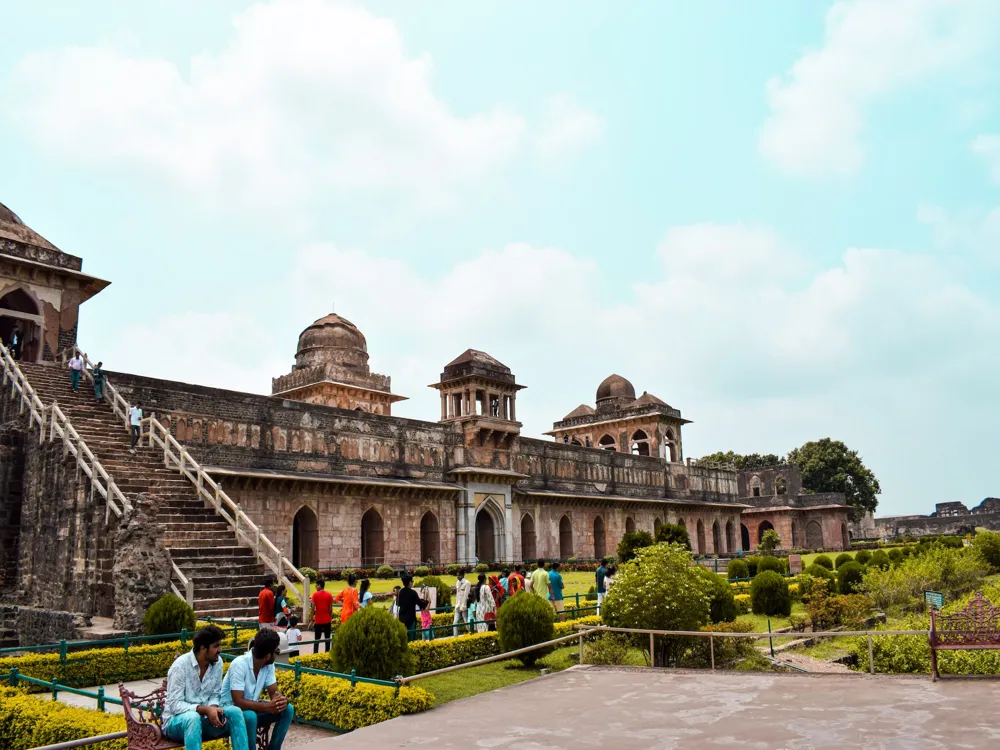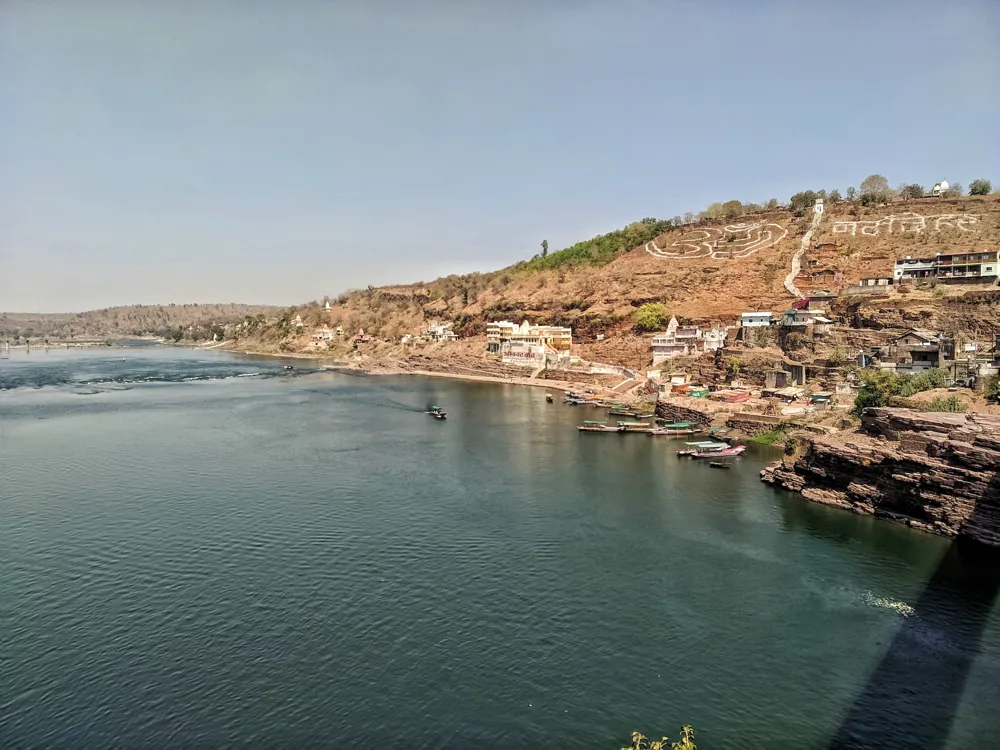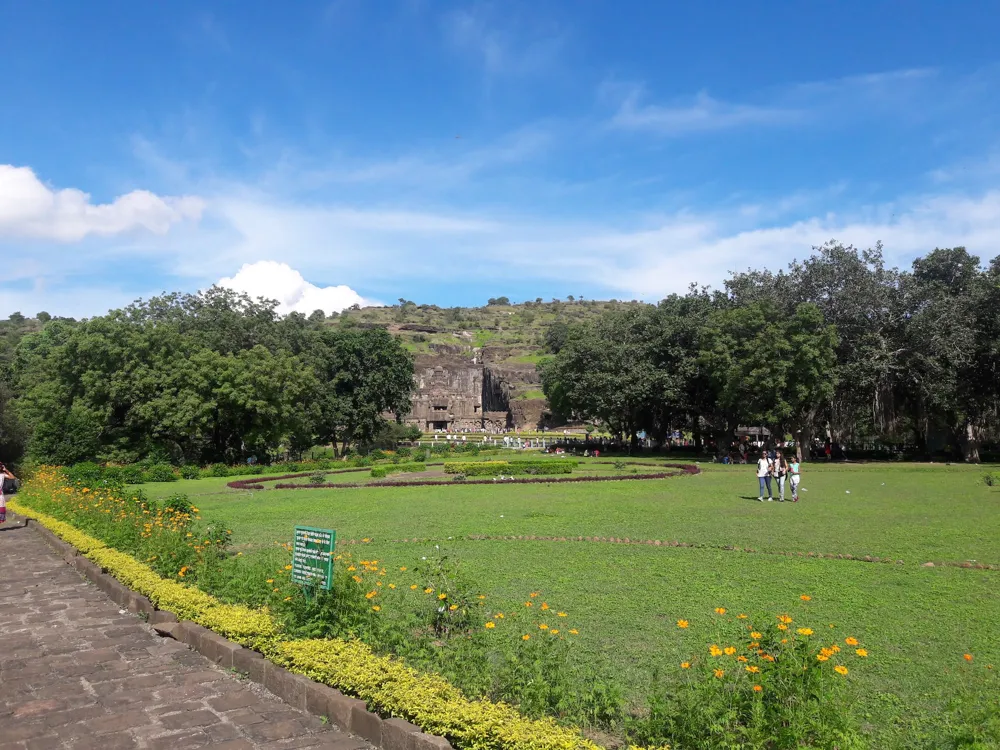Gandhi Hall, an iconic structure located in the heart of Indore, Madhya Pradesh, stands as a testament to the rich history and cultural heritage of India. Originally named King Edward Hall, it was later renamed in honor of Mahatma Gandhi, the father of the Indian nation. This architectural marvel, built in 1904, is not just a building but a symbol of the blend of Indian history and British influence. The hall's significance extends beyond its architectural beauty; it has been a pivotal site for many historical events. It has hosted several important political meetings, cultural events, and social gatherings over the years. Today, Gandhi Hall is not just a tourist attraction but also a hub for art and culture, showcasing the vibrant spirit of Indore. The building's architecture reflects the Indo-Gothic style, a unique blend of Indian and Gothic elements. The grandeur of Gandhi Hall lies in its detailed façade, elaborate domes, and towering spires that pierce the skyline of Indore. The hall is surrounded by lush gardens, providing a serene escape in the bustling city. Inside, the hall is equally impressive with its large auditorium, which has been a host to numerous cultural and music events, art exhibitions, and public meetings. The importance of Gandhi Hall extends beyond its physical structure. It symbolizes the blend of different cultures and epochs, reflecting the diverse history of India. Its transformation from a colonial-era building to a symbol of Indian independence and cultural pride is a story in itself. Visiting Gandhi Hall is not just a journey through its corridors and galleries but a walk through the pages of Indian history. The architecture of Gandhi Hall in Indore is a splendid example of the Indo-Gothic style, a fusion of European and Indian architectural elements. Designed by the English architect, Charles Frederick Stevens, the hall is a masterpiece that showcases the architectural brilliance of the early 20th century. The façade of the building is adorned with intricate designs and carvings that reflect both Gothic and Indian architectural styles. The central dome, a hallmark of Indo-Gothic architecture, dominates the structure. This dome, along with the smaller domes surrounding it, features detailed carvings and embellishments that add to the building's grandeur. The interior of Gandhi Hall is equally magnificent. The main auditorium is spacious, with a high ceiling and large stage, making it ideal for various cultural and social events. The use of stone and wood in the interior adds a traditional touch, while the stained glass windows bring in a European aesthetic. The blend of materials and styles creates a unique ambiance that is both majestic and welcoming. Another notable feature of Gandhi Hall’s architecture is its acoustics. The design of the hall ensures that sound is evenly distributed throughout the auditorium, providing a great auditory experience during events. The lighting within the hall is also strategically designed to highlight its architectural features and create an inviting atmosphere for visitors. The gardens surrounding Gandhi Hall complement its architecture. These well-maintained gardens not only enhance the aesthetic appeal of the hall but also provide a tranquil environment for visitors to relax and admire the beauty of the structure. In summary, the architecture of Gandhi Hall is a blend of artistic styles and practical design. It not only represents a significant period in architectural history but also serves as a functional space for the community. Its design is a testament to the skill and creativity of its architects and a source of pride for the people of Indore. The ideal time to visit Gandhi Hall is between October and March when the weather in Indore is pleasant. This period avoids the extreme heat of the summer months and the monsoon season, making it comfortable for tourists to explore the hall and its surroundings. Opting for a guided tour can enhance your experience at Gandhi Hall. Knowledgeable guides offer insights into the hall's history, architecture, and its significance in Indian culture. They can also answer any questions and point out details that you might otherwise miss. Check the schedule for cultural events and exhibitions during your visit. Gandhi Hall frequently hosts art exhibitions, music concerts, and cultural programs that provide a glimpse into the local culture and arts scene of Indore. Photography enthusiasts will find Gandhi Hall a delightful subject. However, it's important to respect any photography rules set by the hall authorities. Some areas might restrict photography, so it's best to inquire beforehand. Include nearby attractions in your itinerary. The Rajwada Palace and the Lal Bagh Palace are close to Gandhi Hall and offer more insights into the history and architecture of Indore. Gandhi Hall is easily accessible from various parts of Indore. The city's well-connected transport system makes it convenient for visitors to reach the hall. By Air: The nearest airport is Devi Ahilyabai Holkar Airport, located approximately 8 kilometers from Gandhi Hall. Taxis and auto-rickshaws are readily available at the airport to take you to the hall. By Train: Indore is well-connected by rail. The Indore Railway Station is just about 2 kilometers from Gandhi Hall. Visitors can hire a taxi or take an auto-rickshaw to reach the hall from the station. By Road: Indore has a good network of roads connecting it to other major cities. If you are traveling by bus or car, the city's road network makes it easy to reach Gandhi Hall. Local transport like buses, taxis, and auto-rickshaws are also available for intra-city travel. Read More:Overview of Gandhi Hall in Indore, Madhya Pradesh
Architecture of Gandhi Hall
Tips When Visiting Gandhi Hall
Best Time to Visit
Guided Tours
Cultural Events
Photography
Nearby Attractions
How To Reach Gandhi Hall
Gandhi Hall
Indore
Madhya Pradesh
NaN onwards
View indore Packages
Indore Travel Packages
View All Packages For Indore
Top Hotel Collections for Indore

Private Pool

Luxury Hotels

5-Star Hotels

Pet Friendly
Top Hotels Near Indore
Other Top Ranking Places In Indore
View All Places To Visit In indore
View indore Packages
Indore Travel Packages
View All Packages For Indore
Top Hotel Collections for Indore

Private Pool

Luxury Hotels

5-Star Hotels

Pet Friendly





















